All the colours used in Tibetan art and its rituals hold specific meanings. Each colour represents a state of mind, a celestial Buddha, a body part, a part of the mantra word Hum or a natural element. It is believed that by meditating on the individual colours, spiritual transformation can be achieved.
Blue is associated with purity and healing. Akshobhya is the Buddha of this colour. Ears are the body part that is represented by colour blue. Air is the element that accompanies this colour. It is believed, when meditating on this colour, anger can be transformed into wisdom.
White is the colour of learning and knowledge in Buddhism. It is represented by the Buddha Vairocana. The eyes are associated with white. White is in the elemental group water. If meditated upon, white can cut the delusion of ignorance and turn it into the wisdom of reality.
Red is related to life force and preservation. The Buddha Amitabha is depicted with a red body in Tibetan art. The part of the body associated with this colour is the tongue. Fire is the natural element complementary to the colour red. In Buddhism, meditating on the colour red transforms the delusion of attachment into the wisdom of discernment.
Green is the colour of balance and harmony. Amoghasiddhi is the Buddha of the colour green. The head is the body part that is associated with this colour. Green represents nature. Meditate on this colour to transform jealousy into the wisdom of accomplishment.
Yellow symbolises rootedness and renunciation. Buddha Ratnasambhava is associated with yellow. The nose is represented by this colour. Earth is the element that accompanies the colour yellow. Yellow transforms pride into wisdom of sameness when visualised in meditation.
#tibetancolours #Akshobhya #Vairocana #Amitabha #Amoghasiddhi #Ratnasambhava #red #white #green #blue #yellow #buddhism

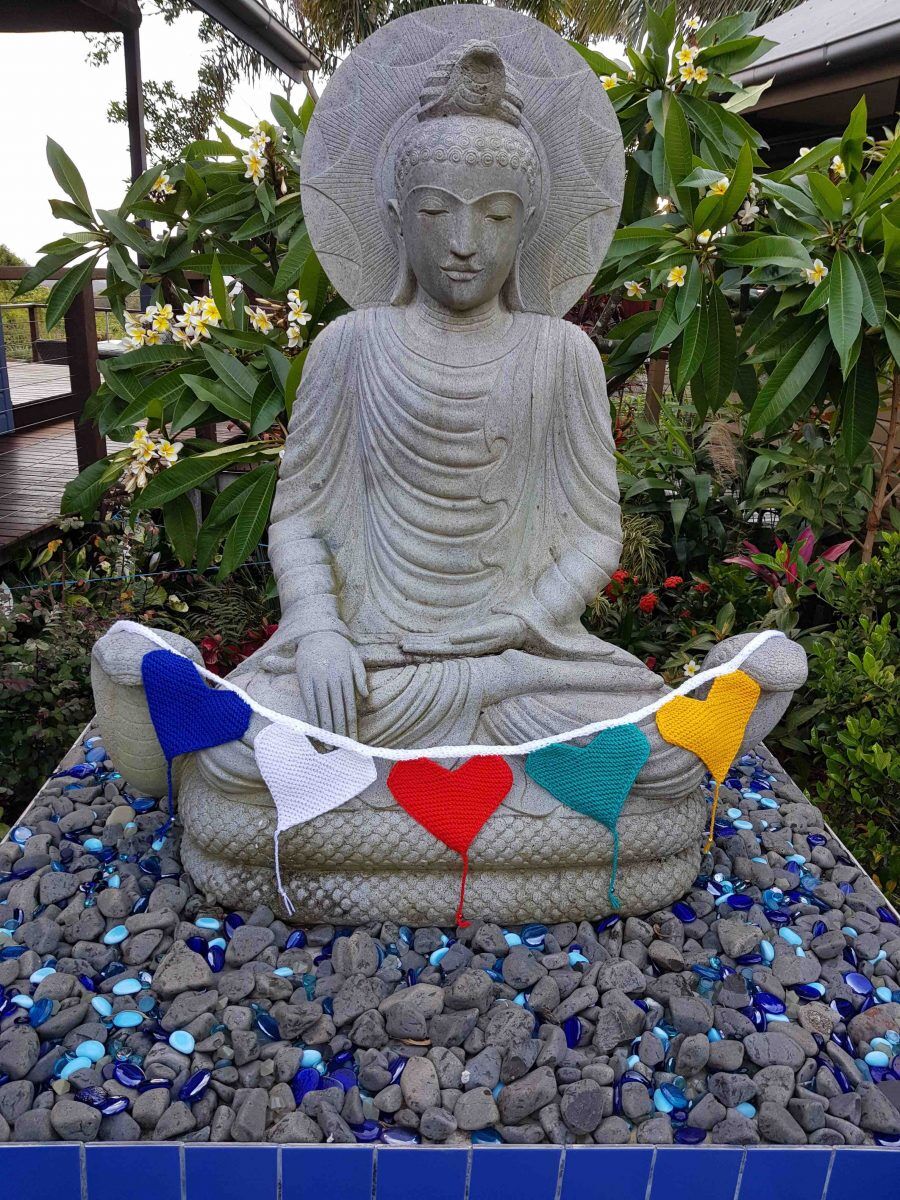
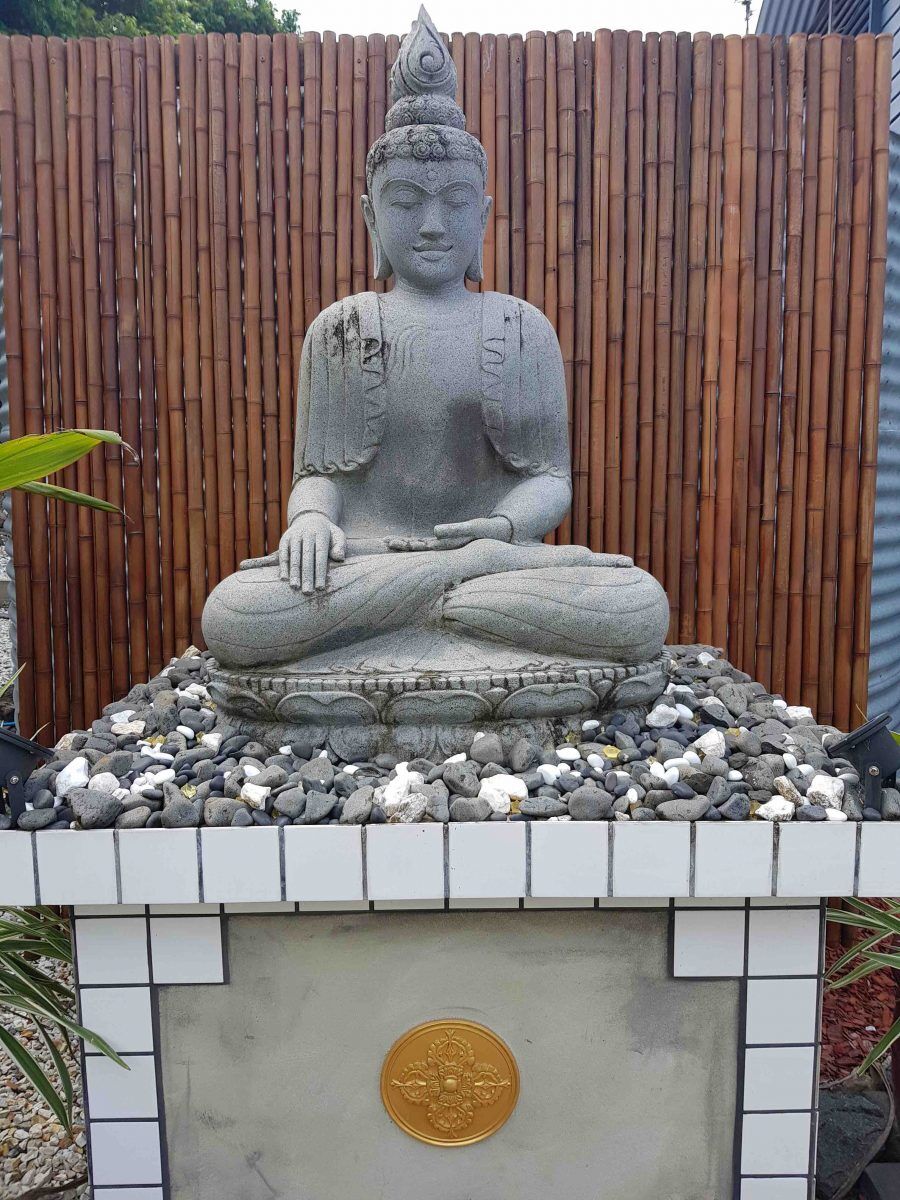
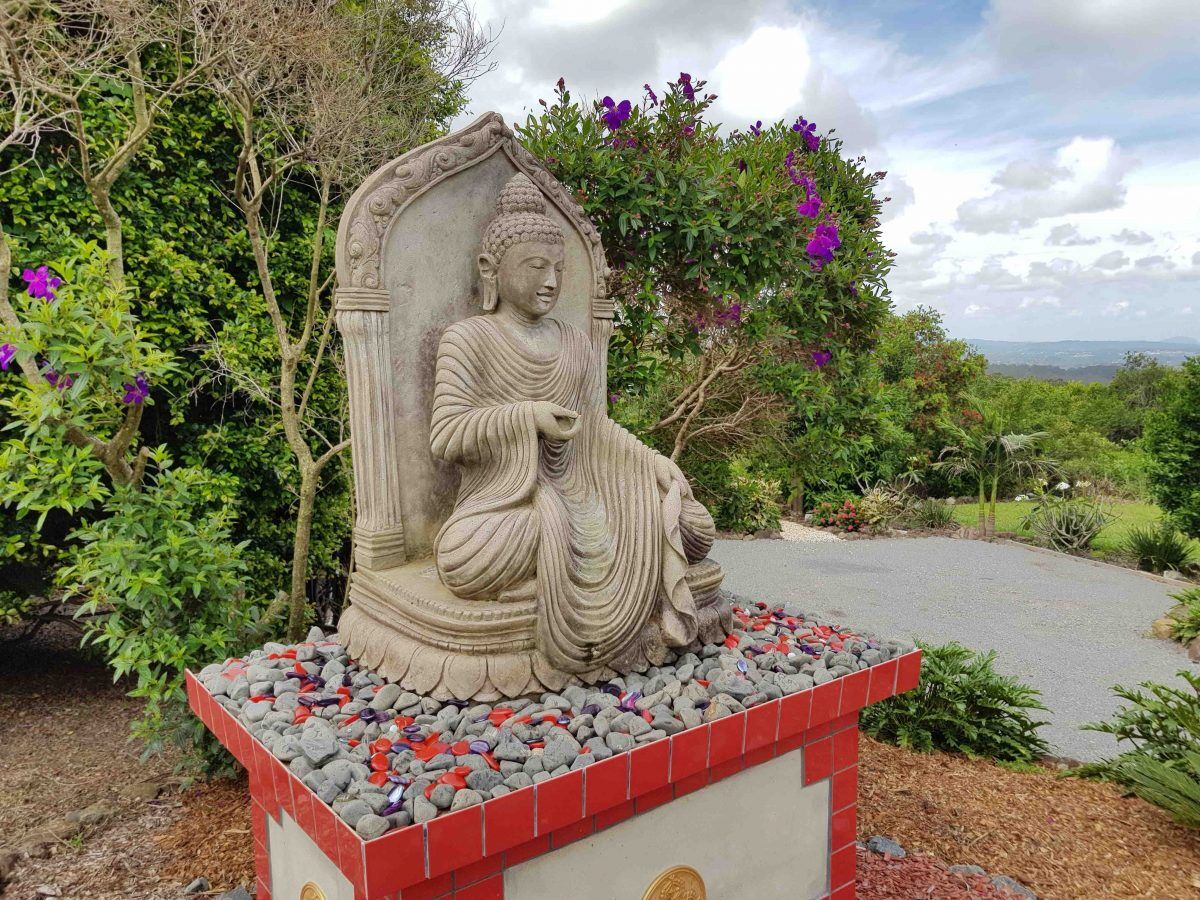
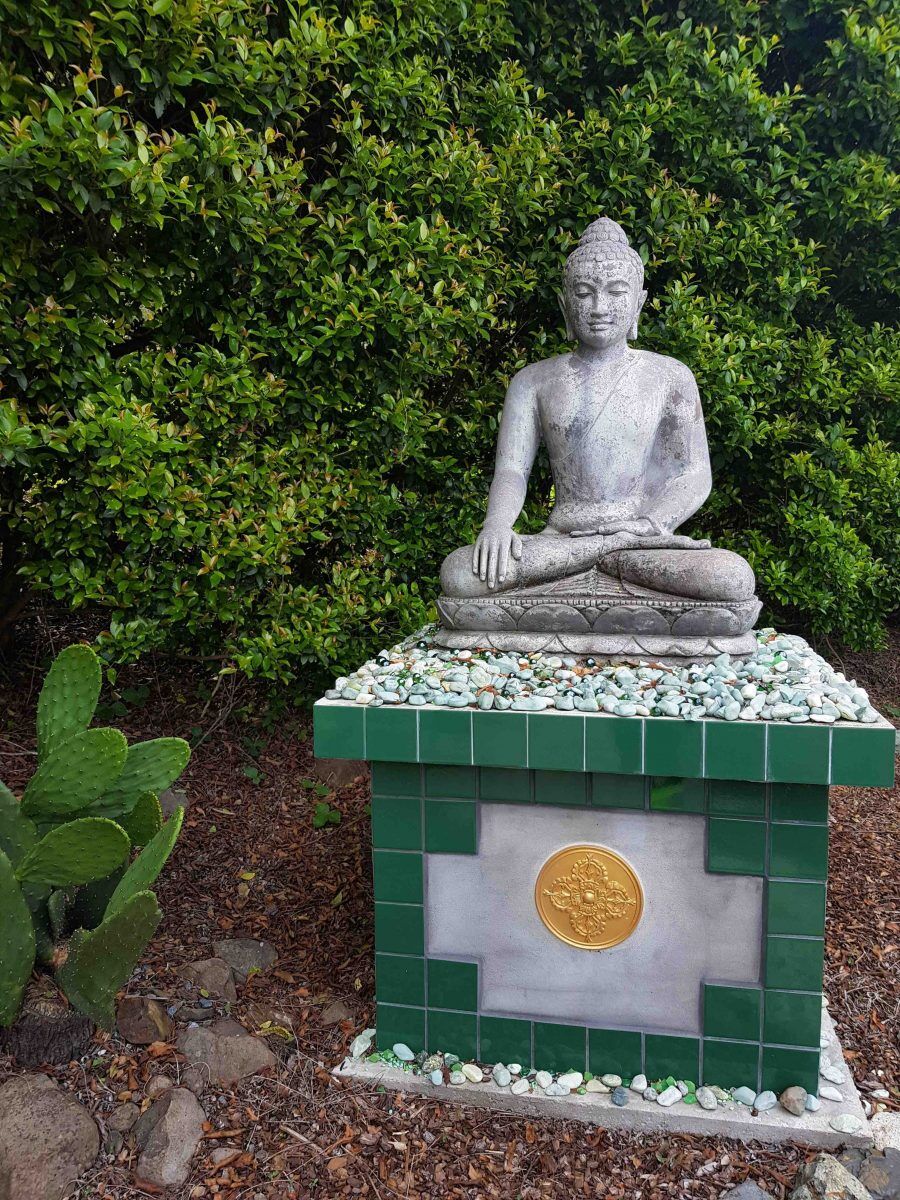
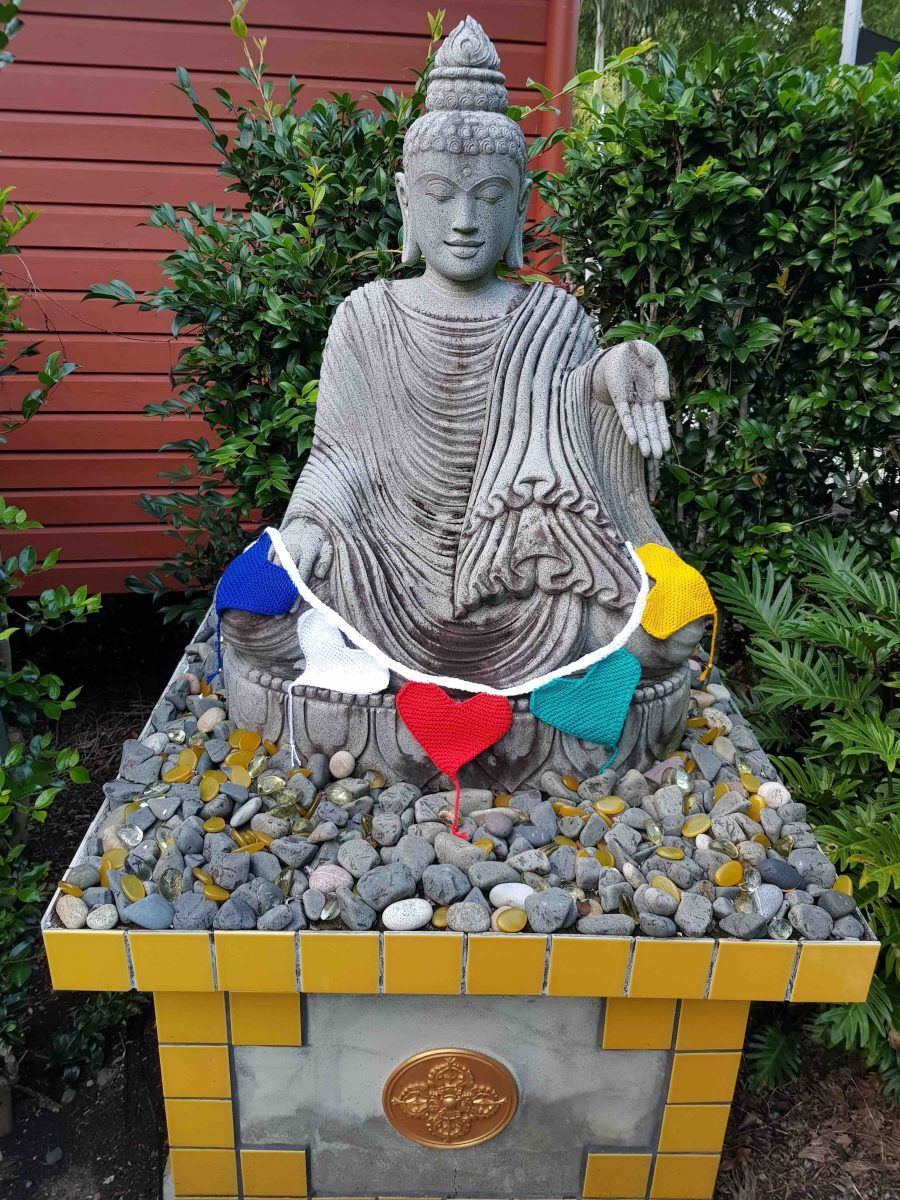

Leave A Comment
You must be logged in to post a comment.